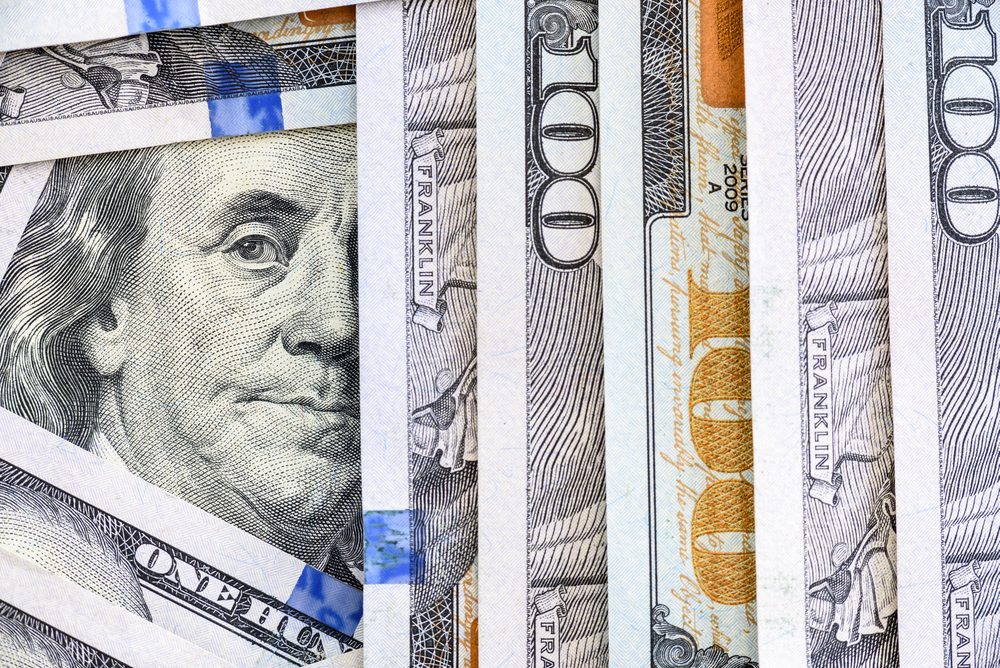Thu Nov 24, 2022
Signals of Rate Hike Size in December Will Be Looked for in FOMC Minutes
Minutes of the Federal Open Market Committee's (FOMC) meeting dated November 1 - 2, will be released today.
At the November meeting, the Committee had raised the federal funds target to the range of 3.75 – 4.00%, with a 75 basis point rate hike for the fourth time in a row, in line with the market expectations.
After the meeting, US Federal Reserve (FED) Chairman Jerome Powell stated that they were extremely determined to reduce inflation permanently, but that it would be appropriate to slow down in monetary tightening after a certain point.
At this point, the annual consumer price index (CPI), which declined from the peak of 41 years in the country to 7.7 percent in October, is extremely important. In other words, as signaled by Powell, the extent of a decrease in CPI for the deceleration point to begin in interest rate hikes will be followed in the minutes by the Committee members.
On the other hand, as it is known, the US economy came out of recession. According to preliminary reading data from the US Department of Labor, the country's gross domestic product (GDP) grew by 1.8% on an annual basis in the third quarter, up 2.6% from the previous quarter. It is possible to say that this situation relieves the FED to some extent.
To sum up, with the headline CPI falling to 7.7% in the minutes to be published today, the main story that the markets will look for in the minutes is how FOMC members worked on an equation to reduce the rate of interest increase in order to avoid a more dramatic recession.
A signal that may come in this sense, that is, a message that may increase the possibility of a more moderate interest rate hike of 50 basis points rather than 75 by the FED in the December meeting, may increase the pressure on the dollar and continue to support stocks. On the other hand, the move by the Committee members on a consensus that it is premature to reduce the pace of monetary tightening, drawing attention to the relative rigidity of core inflation, may again increase the weight of the dollar on international assets.
